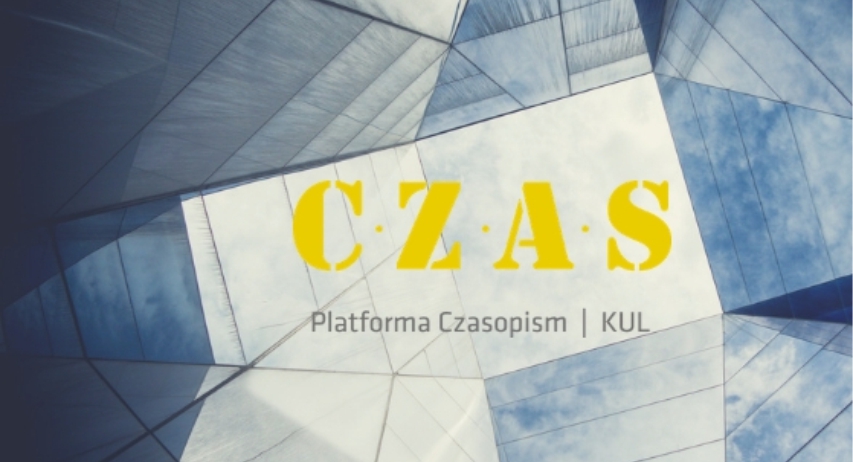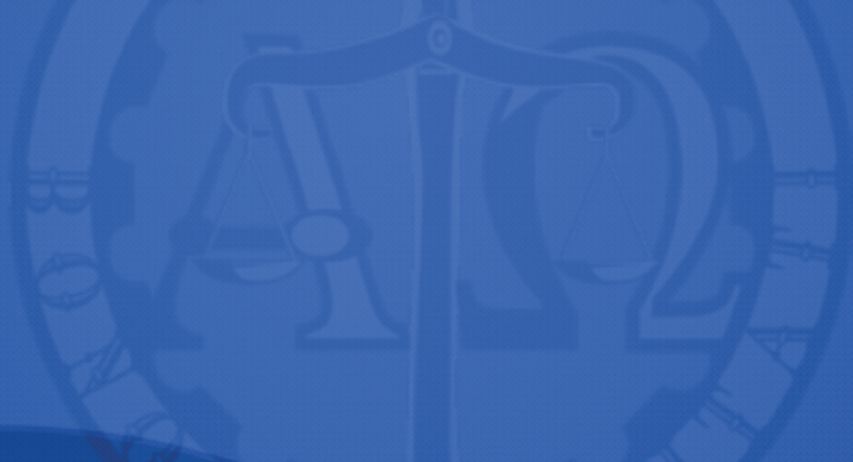Prediction of global sugar prices after abolition of EU sugar quotas
Anna Budzyńska
The Maria Curie-Skłodowska University in Lublin , Polandhttps://orcid.org/0000-0002-6959-0585
Mirosław Piotr Urbanek
The John Paul II Catholic University of Lublin , Polandhttps://orcid.org/0000-0001-9545-6921
Abstract
In the article two main goals were indicated. The first is to verify the hypothesis that there is not a relevant relationship between limiting the impact of state intervention mechanisms and sugar prices on world exchanges. The second goal is to choose the best model for forecasting sugar prices after the abolition of the sugar quotas on domestic markets of sugar producers. The starting point for building the model was the time series of sugar prices on a monthly basis on world stock exchanges – London and New York in 1990–2020. One of the three models was used for forecasting. Sugar prices on world stock exchanges showed large fluctuations amounting to USD cents 28 per pound of sugar for white sugar, while for raw sugar the figure was slightly lower and reached USD cents 26 per pound. On average, in 1990–2020, the nominal price for white sugar was 16 cents per pound, and for raw sugar -12 cents per pounds. However, the level of sugar prices in the world is determined primarily by market factors, rather than administrative constraints.
Keywords:
Forecasting, time series, prices, sugar marketReferences
Adenauer, M. (2008). CAPRI versus AGLINK – COSIMO. Two partial equilibrium models – Two baseline approaches, Poster presented on the 12th Congress of the European Association of Agricultural Economists – EAAE 2008, 26–29 August 2008, Ghent, Belgium. Retrieved from https://ageconsearch.umn.edu/bitstream/44120/2/268. pdf (23.06.2020). doi: 10.22004/ag.econ.44120
Agrosynerie. (2011). Evaluation of CAP measures applied to the sugar sectors, Groupement Européen d’Intéręt Economique, European Commission DG Agriculture and Rural Development, Final Report.
Chow, G.C. (1995). Econometrics. Warszawa: PWN.
Dworak, E., Grzelak, M. (2015). Conditions for The Development of Polish Agriculture in the Context of Globalization and European Integration. Comparative Economic Research, 18 (2), 6–17. doi: 10.1515/cer-2015–0009.
Gruszczyński, M., Podgorska, M. (Red.). (2004). Ekonometria. Warszawa: SGH.
Cieślak, M. (Red.). (1997). Prognozowanie gospodarcze. Metody i zastosowania. Warszawa: PWN.
Gohin, A., Bureau, J. (2006). Modelling the EU sugar supply to assess sectoral policy reforms. European Review of Agricultural Economics, 33 (2), 223–247. doi: http://dx.doi.org/10.1093/erae/jbl006.
Greene, W. H. (2012). Econometric analysis. Pearson, International edition.
Koo, W.W., Teylor, R.D. (2012). Outlook of the U.S. and World Sugar Markets, 2011–2021. North Dakota State University, Fargo.
Kraciuk, J. (2016). Economic development of Poland against the background of other EU member states. Folia Pomeranae Universitatis Technologiae Stetinensis seria OECONOMICA, 331 (85), 69–78. doi:10.21005/oe.2016.85.4.07.
Maitah, M., Smutka, L. (2019). The Development of World Sugar Prices. Sugar Tech, 21 (1), 1–8.
Nolte, S., Buysse, J., Van Huylenbroeck, G. (2012). Modelling the effects of an abolition of the EU sugar quota on internal prices, production and imports. European Review of Agricultural Economics, 39 (1), 75–94. doi: 10.1093/erae/jbr043.
OECD. (2019). Agricultural Policy Monitoring and Evaluation.
Porksen, N. (2012). Sustainability – an integrated part of the beet sugar industry from customer to grower. Abstract of Papers 73rd IIRB Congress, 14–15 February 2012, Brussels.
Prospects for EU agricultural markets and income 2015–2025. (2015). European Commission Report, Brussels. Retrieved from http://agricultura.gencat.cat/web/.content/de_departament/de02_estadistiques_observatoris/27_butlletins/02_butlletins_nd/documents_nd/fitxers_estatics_nd/2015/0169_2015_Perspectiva_Perspectives-2015–2025-UE.pdf (14.02.2018).
Resolutions of XLIV Congress CIBE. (2015). Berlin.
Rumankova, L., Smutka, L. (2013). Global Sugar Market – the Analysis of Factors Influencing Supply and Demand. Acta Universitatis Agriculturae Et Silviculturae Mendelianae Brunensis, 61(2). doi: 10.11118/actaun201361020463.
United Nations Conference on Trade and Development. (2007). Training Module for multilateral trade negotiations of agriculture. United Nations New York and Geneva. Retrieved from https://unctad.org/en/Docs/ditctncd20067_en.pdf. (14.07.2020).
The Maria Curie-Skłodowska University in Lublin https://orcid.org/0000-0002-6959-0585
The John Paul II Catholic University of Lublin https://orcid.org/0000-0001-9545-6921
License

This work is licensed under a Creative Commons Attribution 4.0 International License.
This work is licensed under a Creative Commons Attribution 4.0 International License.







